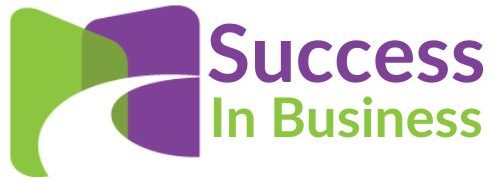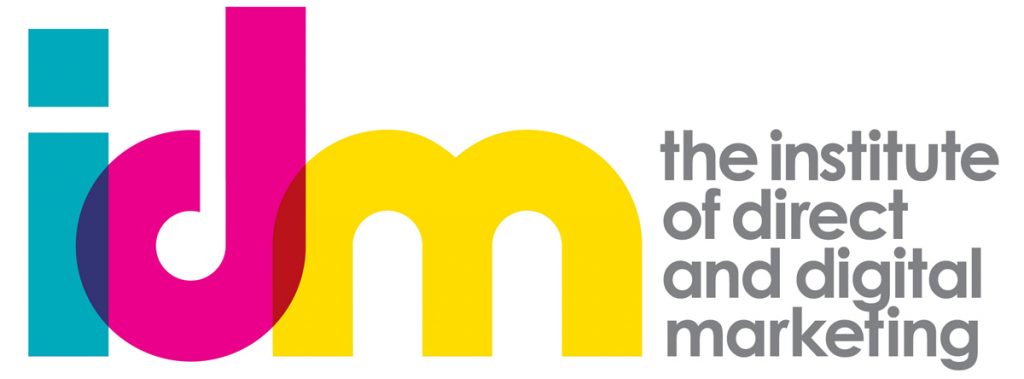If CRM is an approach to business that focuses on building value in your client base for the future, how can you value each client’s future profitability and that of your overall client base?
How do you value your clients’ potential profitability?
Net Present Value
If you can estimate how long a client will continue to generate profits, you can calculate their value over that period. Of course, this carries some risk, so you discount these values more heavily the further into the future they are. That value is the net present value.
To do this, estimate the profits you expect to receive every year and then project this for the number of years that you expect the account to continue purchasing. You can do this without a formal contract over several years. To do that, you use a calculation for loyalty (see below) and discount each year based on your confidence in retaining them.
How to calculate loyalty?
The net present value calculation depends on how long and with what certainty you can calculate the client’s willingness to provide profits – their loyalty.
That isn’t easy. However, you can develop a loyalty profile based on various factors, such as – how long they have been clients (older clients are more loyal than new ones), the number and nature of contacts, and the number of products they use.
To do this, split your accounts (including past accounts) into quartiles (four groups) based on age and look for similarities within each group and differences between them in the areas suggested, such as products (type and number) used, number and seniority of contacts and other factors you feel are essential. You then build a profile matched to the length of the relationship.
In crude terms, you then apply this profile to the client base to determine their retention. Of course, this can be more sophisticated in practice.
Future Additional Value
Group clients by the value of each product, then split them into groups, the last group being people who have rejected the product. Then, look for discoverable and verifiable factors that distinguish members from each group. How are they similar, and how are they different?
Then, search your CRM base for clients who are not using the product but could and those who could use more. That will then determine the potential growth in each of these clients.
How can CRM data be used to calculate the profitability of clients?
If you want more information on discovering unrealized potential business in your client base and how to value your clients using CRM Data and analysis, please fill out this form.


